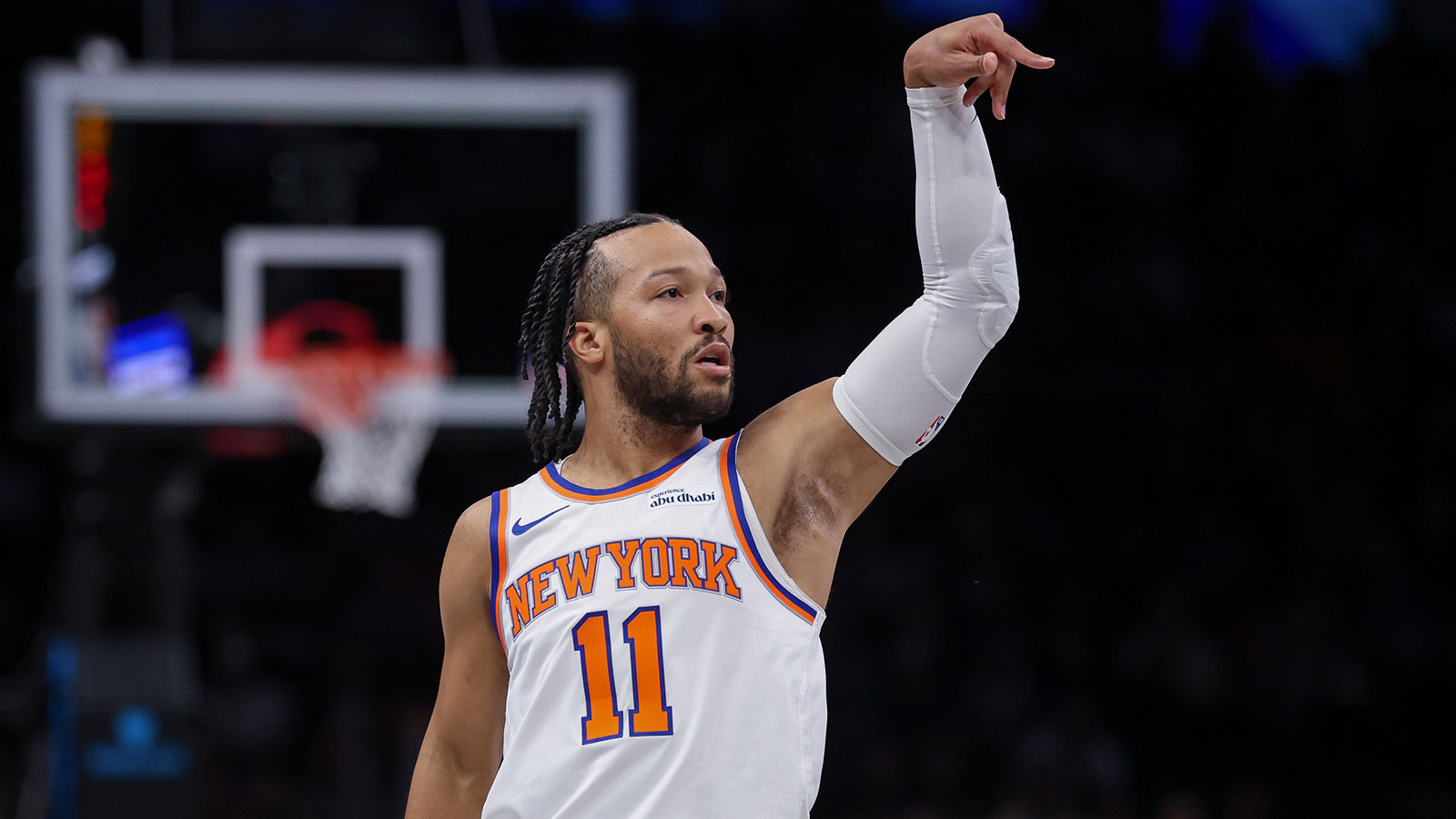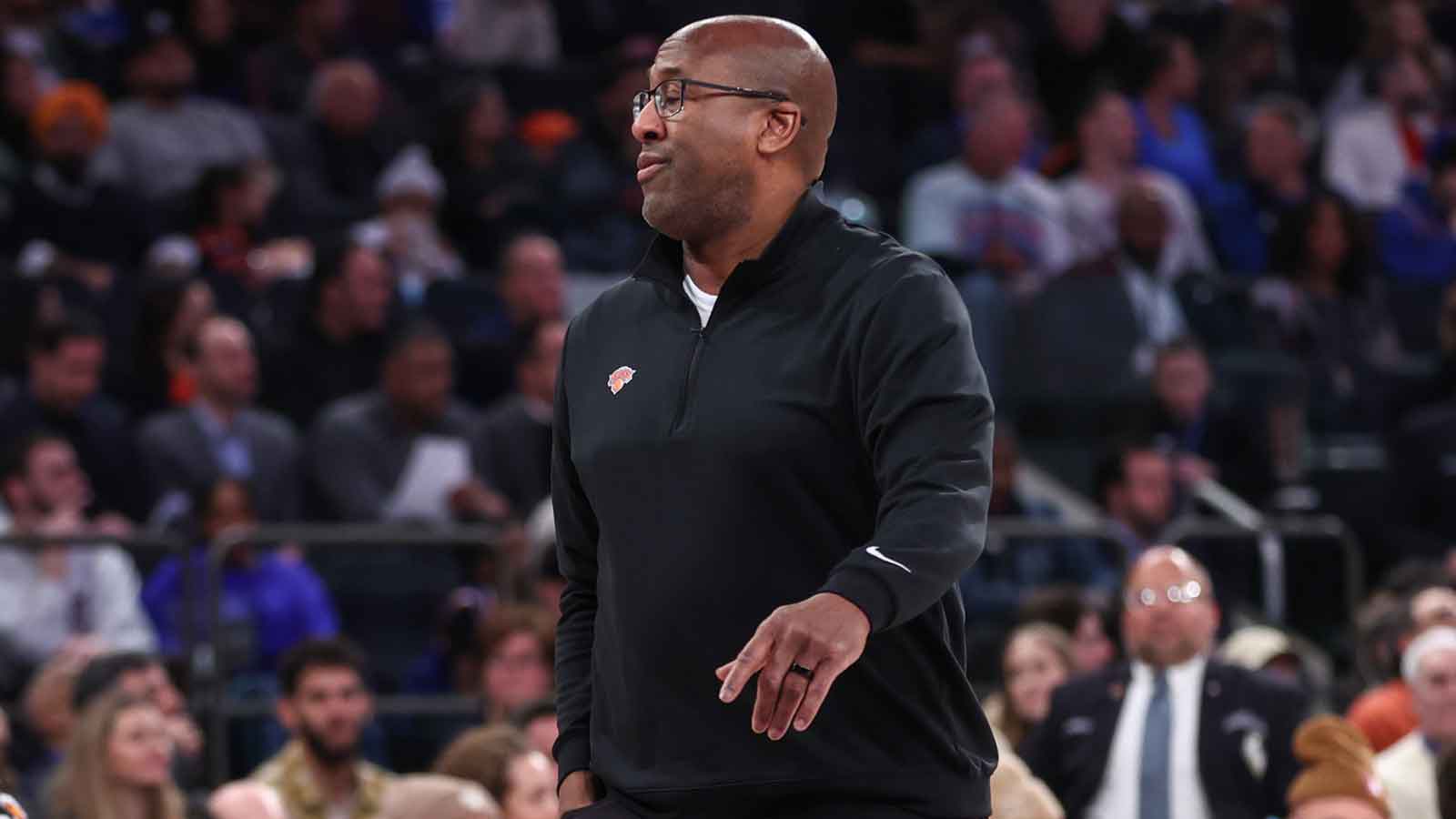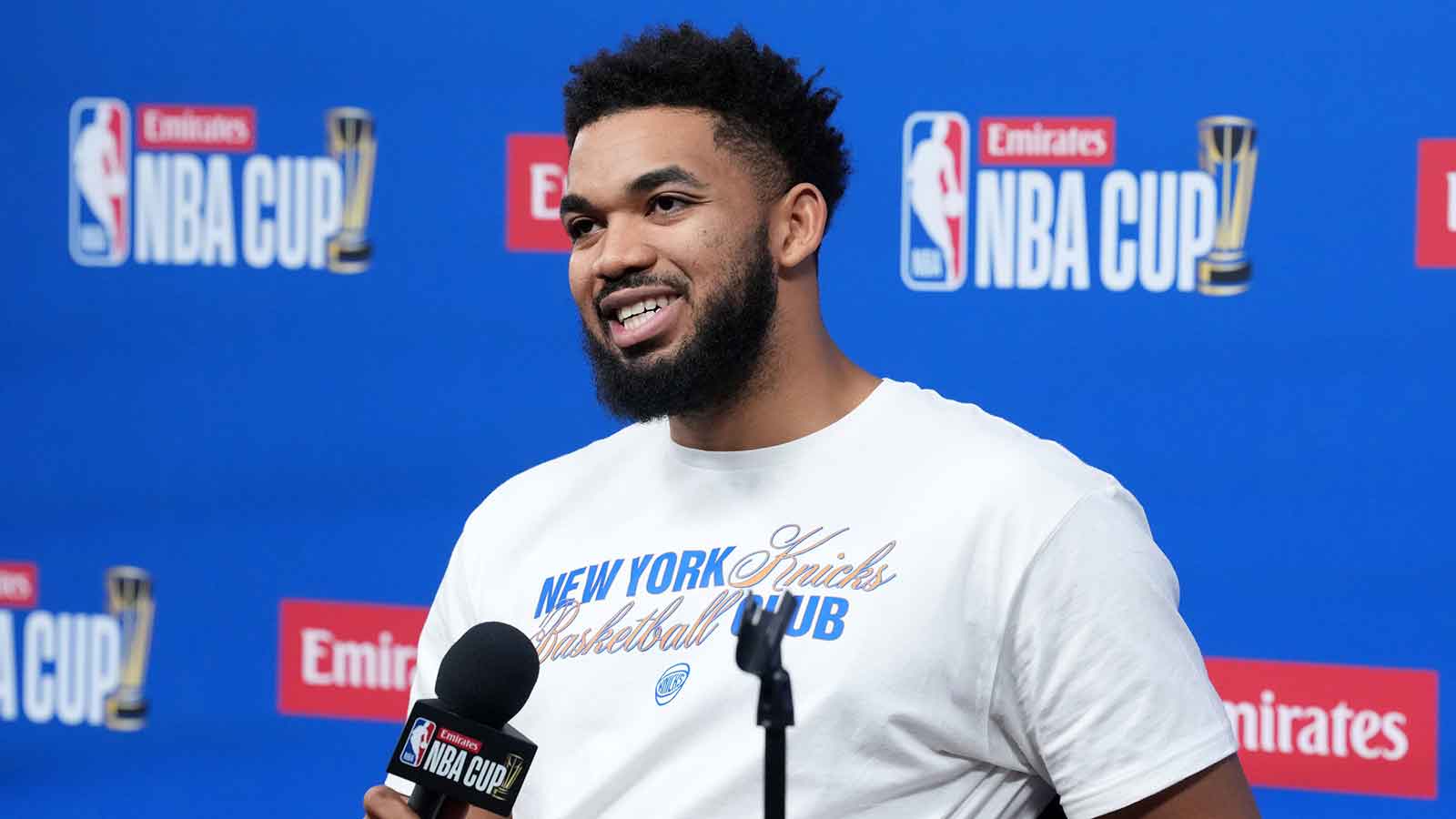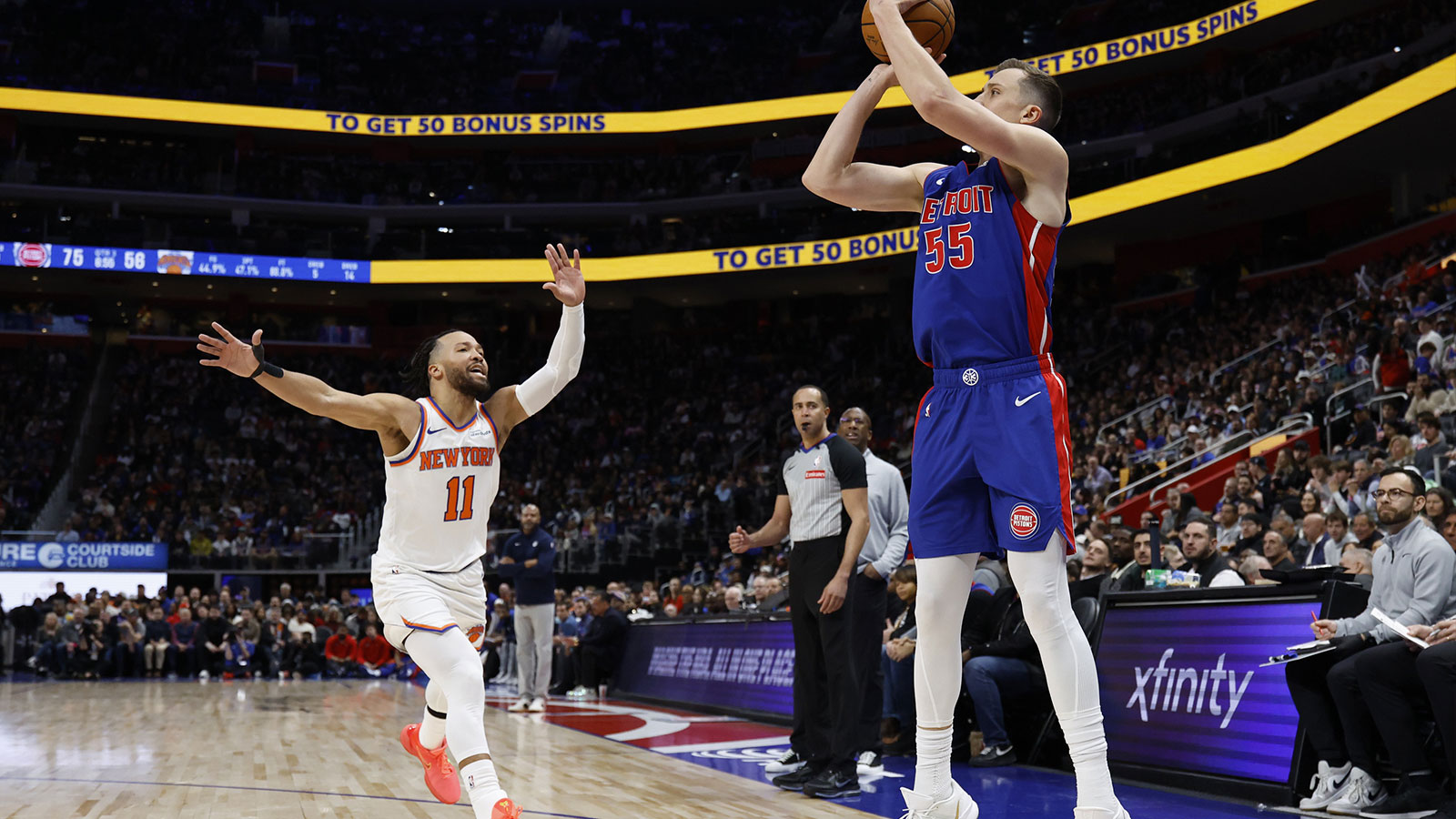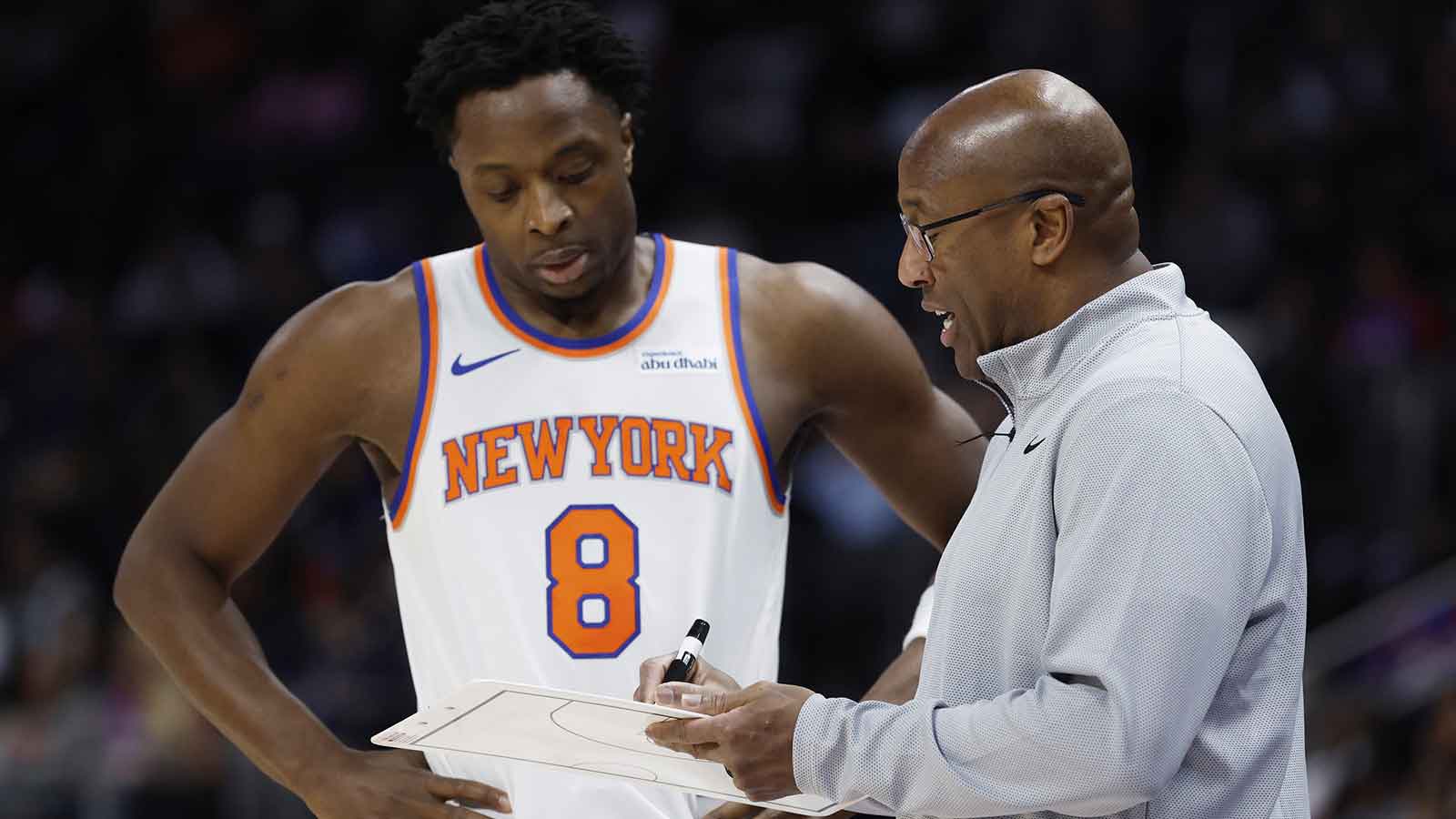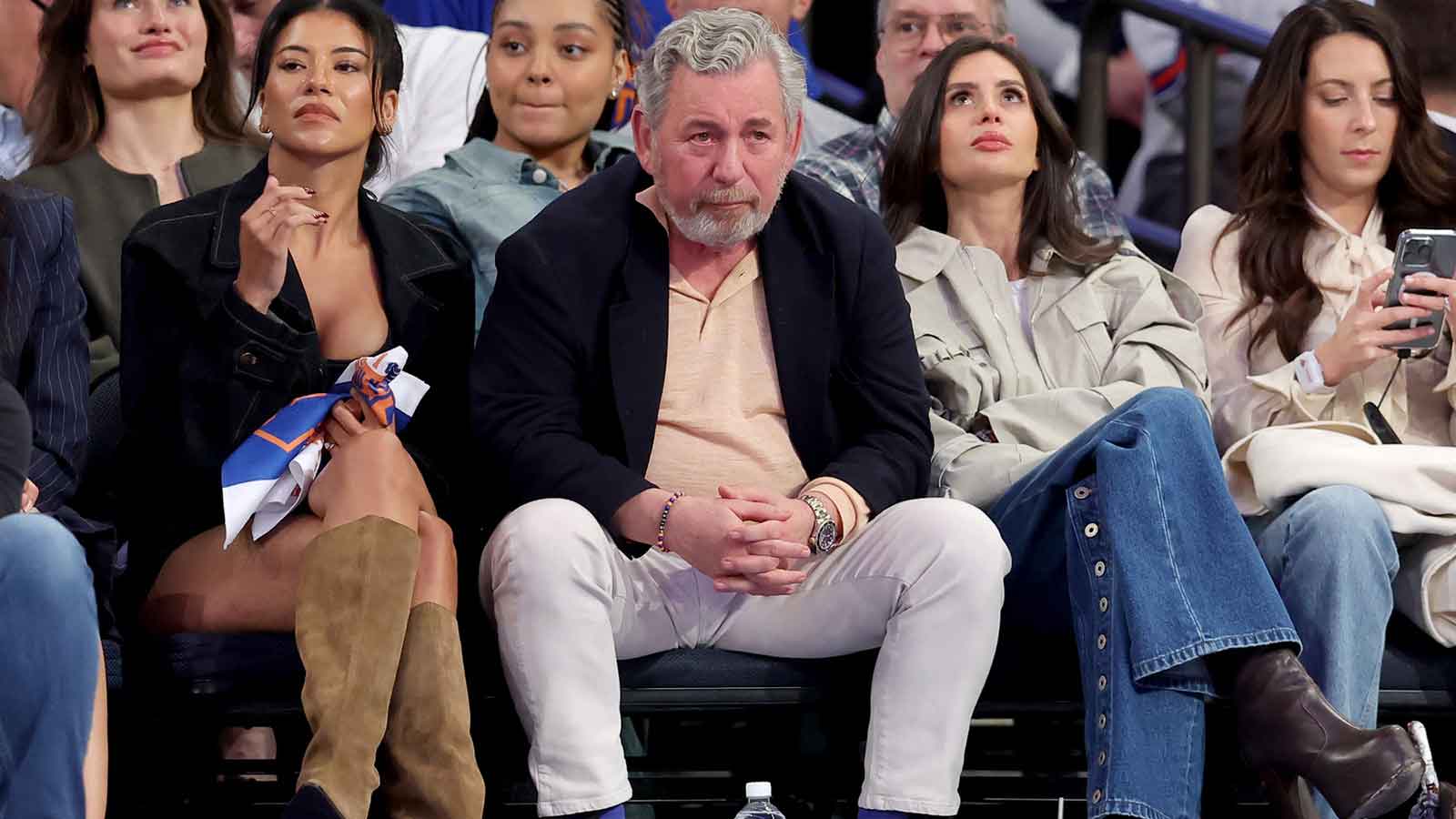Welp, so much for improvement. New York Knicks shooting guard RJ Barrett has returned to a familiar place — the realm of inconsistency.
Shooting has been Barrett’s biggest drawback throughout his five seasons in the NBA. In particular, three-point shooting has been a major problem and something the Knicks badly need from him right now.
Barrett, a 34% career three-point shooter, appeared to have conquered his shooting struggles earlier this season. He started the 2023-24 season off strongly, connecting on 43% of his three-point attempts through 4 games in October. And Barrett’s supporters felt supreme validation along the way.
Granted, four games is a small sample size. But Barrett’s hot shooting continued in November, with Barrett connecting on 40% of his three-pointers through nine games. For those of you keeping track at home, that’s 41% through 13 games. And it wasn’t just three-point shooting. Barrett’s free-throw shooting was up, too, as was his mid-range game. But then December happened.
To be fair, Barrett has continued his strong play in other areas. Entering play on Saturday, Barrett was averaging a total of 18 points on 42.2% shooting thus far in December, which represents a better field goal percentage than he shot in November. He is also grabbing 4.6 rebounds, dishing out 2.7 assists per game, and sinking on 89% of his free-throw attempts.
But as of late, the former Duke Blue Devil’s three-point shooting woes have returned with a vengeance. Barrett is shooting a measly 21% on three-pointers in December. And prior to connecting on two-of-five attempts in a loss against Milwaukee on Saturday, Barrett made only 3 of his previous 19 three-point attempts.
Taking a step back, most experts agree that thirty-five percent is something of a line of demarcation in terms of good versus bad three-point shooting. For what it’s worth, the Knicks are 7-2 when Barrett shoots above 35% on three-pointers. Hence the importance.
The Knicks' lack of shooting hurts Barrett’s ceiling
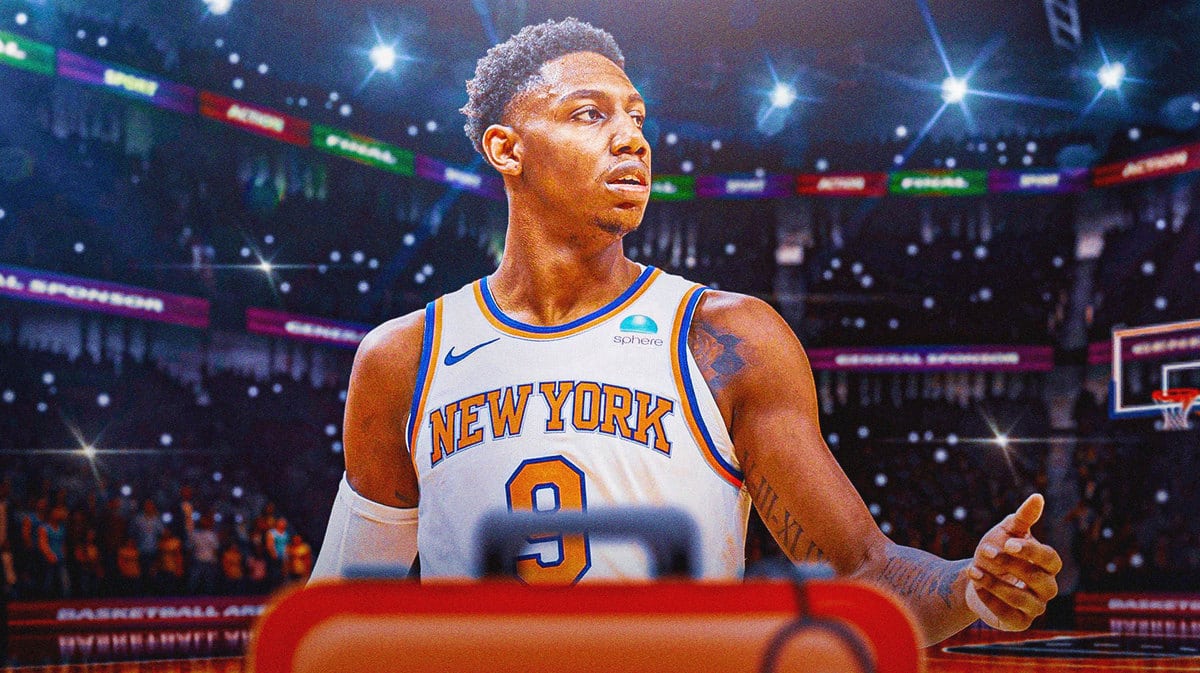
But Barrett’s three-point shooting isn’t something that can be examined in a vacuum. Barrett is still only 23 years old and possesses several desirable characteristics, including the fact that he’s improved each season in the league. But three-point shooting is greatly impacted by the players around you. If the Knicks could roll four other three-point threats out alongside Barrett, this issue would be moot. But that’s simply not the case.
The Knicks have an above-average shooter at point guard in Jalen Brunson. There is unfortunately no feasible three-point threat at the center position, with Mitchell Robinson avoiding them like a plague and Isaiah Hartenstein launching only three three-pointers all season. Julius Randle is an improved three-point shooter (34.3% this season), but his success of late actually coincides with shooting fewer threes. Donte DiVincenzo is the newest starter, joining the group only eight games ago (partially) as the result of Quentin Grimes’ shooting challenges — and DiVincenzo has shot the ball well, connecting on 44.8% of his three-point attempts in 2023-24.
What if Barrett played with better shooters?
It would be interesting to see Barrett run alongside players who better complement him. His time with the team’s original second unit resulted in good outcomes, boasting a +5.6 in 117 minutes. He’s also been part of a productive unit, albeit in less total time, that includes Quickley, Brunson, Randle, and Hartenstein. But at the end of the day, the Knicks lack the requisite personnel.
Ultimately, Barrett is part of a three-man wing rotation that includes Hart and Grimes. Hart is making 36% of his three-point attempts, and Grimes is sinking 37%. The fact that none of the Knicks’ wings are marksmen leaves Coach Thibodeau in the precarious situation of choosing between defense and offense. Going with Brunson, Barrett, and Quickley or DiVincenzo leaves them mildly exposed offensively given how much size is given up. However, playing Brunson, Barrett, and Hart or Grimes means there’s less effective spacing for Barrett (and Randle) to operate.
As the Knicks approach the trade deadline, there are clearly needs to fill. Adding a serviceable backup center (or starter) for the remainder of the season comes to mind. But adding a three-and-d wing is just as important — and maybe more — because of the space it would Barrett and Randle to operate. And doing so should also allow the Knicks to maintain effective defensive lineups. If anyone out there has a direct line to the North Pole, please let Santa Claus know, as soon as possible.








